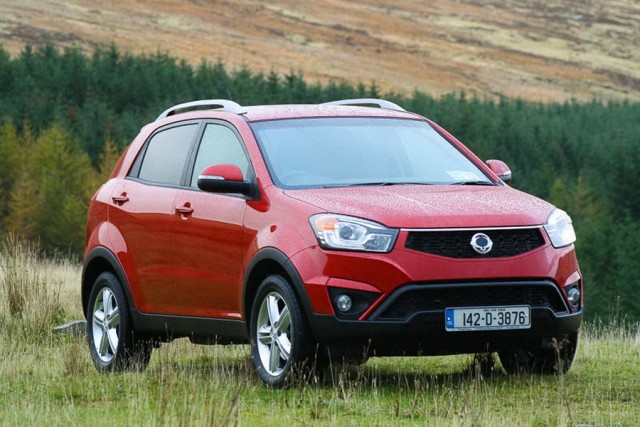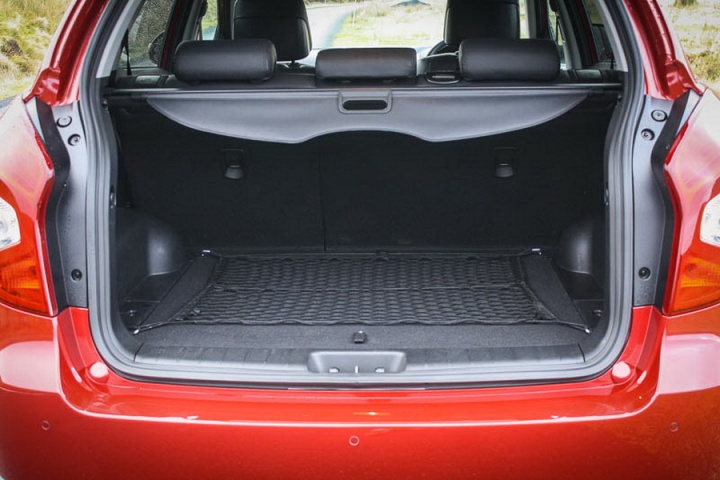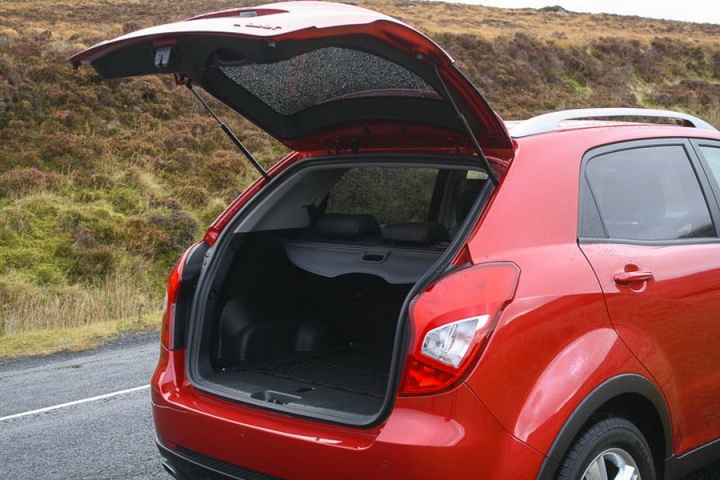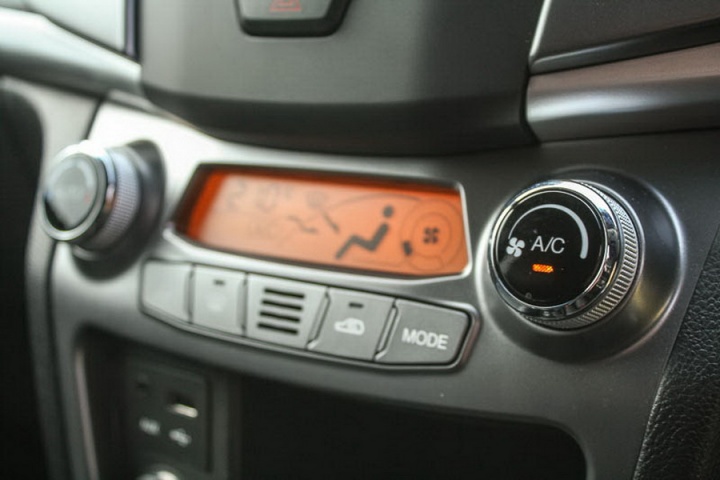Good: improved appearance, better quality interior
Not so good: engine, handling
Were crossover SUVs capable of committing a crime then the SsangYong Korando would be a bad police artist's impression of the suspect. It is made up of many of the key ingredients for it to meet the criteria. Raised suspension, check. Solid but inoffensive styling, check. Diesel engine and front-wheel drive, check and check.
At first glance, this updated Korando hasn't changed all that much; rather it has come in for some mild tweaks, most of which are aesthetic. The most noticeable revisions are focused around the front of the Korando, which has had its garish chrome grille replaced with a much less offensive black plastic one. New and more modern looking headlights also give the car a sharper look, as does the restyled front bumper.
To be fair, the Korean brand has made strides in improving the quality and appearance of the cabin too, but it is still at a stage whereby it can only rival those at the entry level and price-led portion of the segment. That said, it is the most cohesive interior design from SsangYong yet, but the quality of the materials used are still sub-par considering the retail price of the car. Space for rear passengers does benefit by the provision of a floor that isn't encroached upon by any transmission tunnels making life for whoever drew the short straw for the middle seat a touch more comfortable. The added privacy glass on the rear windows does make it a dark place to be though.
SsangYong has made an effort to improve the sense of refinement inside by increasing the amount of noise insulation, particularly where the engine is concerned. The din from the 2.0-litre diesel engine has been muted slightly, but you are never mistaken as to the combustion type. On top of that, the engine's emissions (in both the front- and all-wheel drive models) fall into road tax Band C - at €390 per annum - which does see it lag somewhat behind virtually all of its potential competitors, such as the Nissan Qashqai or Hyundai ix35. One thing that SsangYong is keen to point out is the Korando's ability to tow up to two tonnes, which will be of interest to a portion of buyers.
Things get more disappointing when you drive the Korando. Despite the sharpened styling it still feels below par when driven on anything aside from a motorway. Its suspension remains on the softer side of things, which is good when it comes to absorbing the lumps and bumps, but carry any kind of speed along a twisting B-road and the unsophisticated nature of the chassis quickly comes to the fore. Add to this steering that is as vague as a politician under questioning and the fact that SsangYong is commanding €25,995 for this soon becomes somewhat questionable.
In isolation the Korando is a capable and adequate crossover. It has a spacious boot, inoffensive styling and can seat five in relative comfort. Where it falls down though is when you compare it to alternatives in what is, let's face it, a very busy segment of the market. Were it a value-driven product like the Dacia Duster many of its dynamic shortcomings could be overlooked or forgiven, but SsangYong is still trying to run with the big boys from a pricing perspective without realising its laces are open.


























